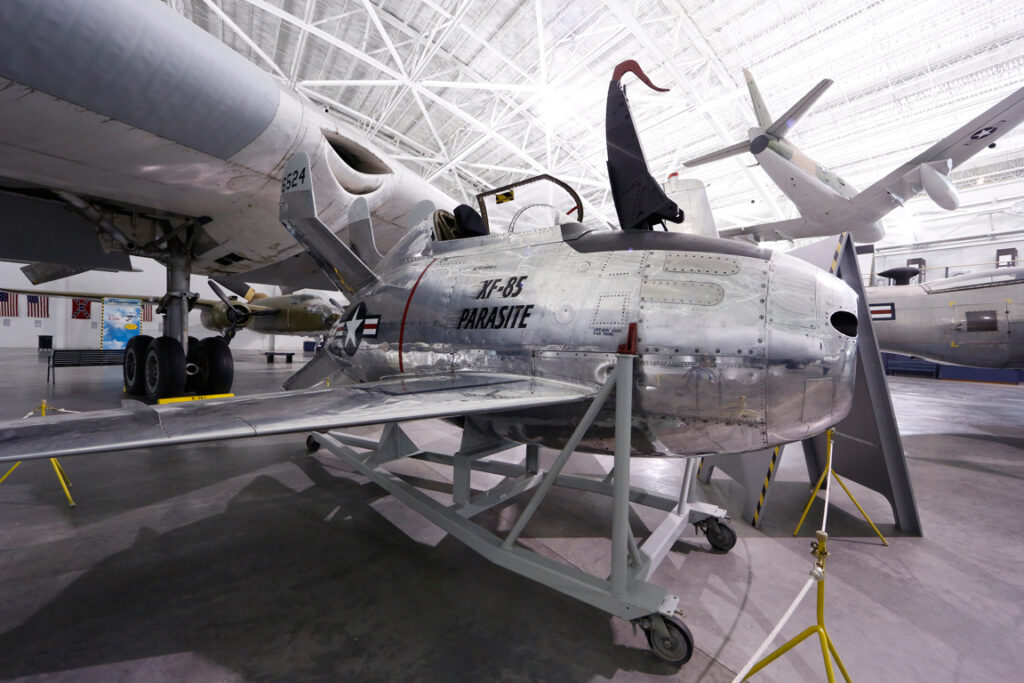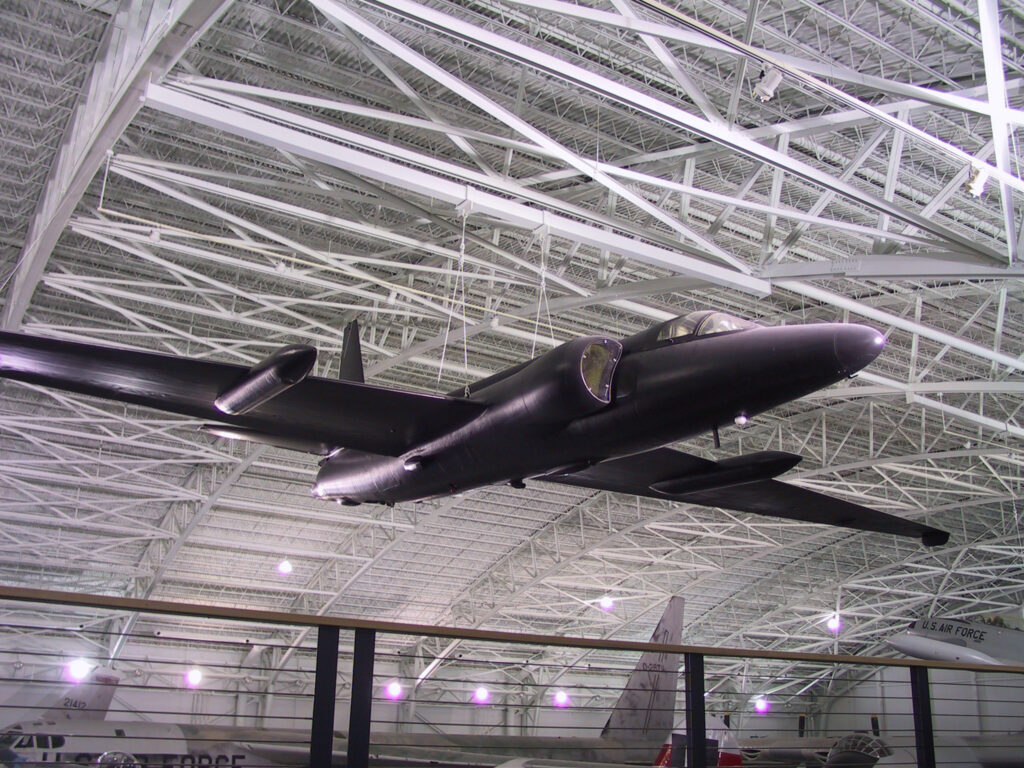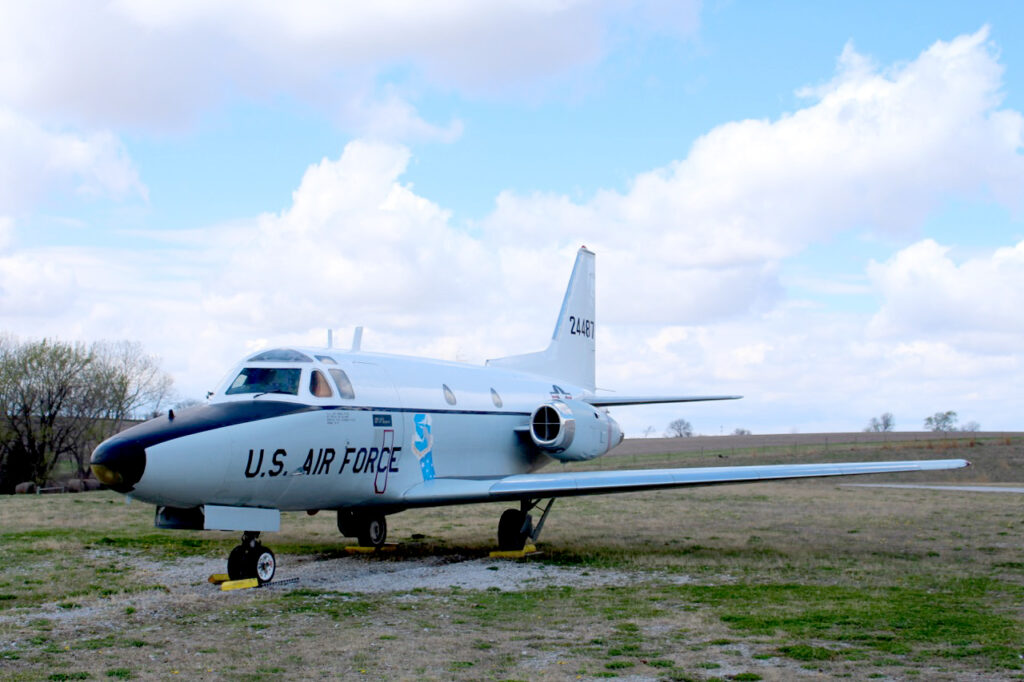Let Your Curiosity Soar
B-29TB “Superfortress”
The Boeing B-29 Superfortress was the most advanced bomber aircraft to see operation service in World War II. The Army Air Force used it in low-level, night-incendiary attacks against Japan and to successfully aerial-mine the waters surrounding the Japanese mainland. The Enola Gay, arguably the most famous B-29, dropped the world’s first nuclear bomb on Hiroshima. Three days later, on August 9, 1945, another B-29 named Bockscar dropped a second atomic bomb on Nagasaki.
When SAC was established in 1946, it exclusively used B-29s. They were used in the conventional bombing role during the Korean War (1950-1953). B-29s flew their final bomber mission in 1954, thereafter serving SAC in specialized roles such as reconnaissance and tanker aircraft.
The Museum’s B-29 was manufactured by Bell Aircraft, in Marietta, Georgia and delivered to the USAAF on August 4, 1945.
Specifications
Aircraft Type: B-29(TB), S/N 44-84076, Super Fortress, Boeing (Bell)
Mission: Heavy bomber
Number Built: The Army Air Force accepted a total of 3,960 B-29s: 3,943 B-29s, 3 XB-29s (including the experimental plane which crashed before delivery), and 14 B-29 prototypes.
Powerplant: Four supercharged Wright R-3550-W57 Double Cyclone radial, air-cooled engines; 2,200 horsepower each
Weight: Maximum 133,500 pounds
Dimensions: Wingspan 141’3″, length 99′, height 27’9″
Performance: Maximum speed 357 MPH, cruising speed 220 MPH, range 3,700 miles, service ceiling 33,600 feet
Additional Exhibits

XF-85 “Goblin”
Learn More
U-2C “Dragon Lady”
Learn More